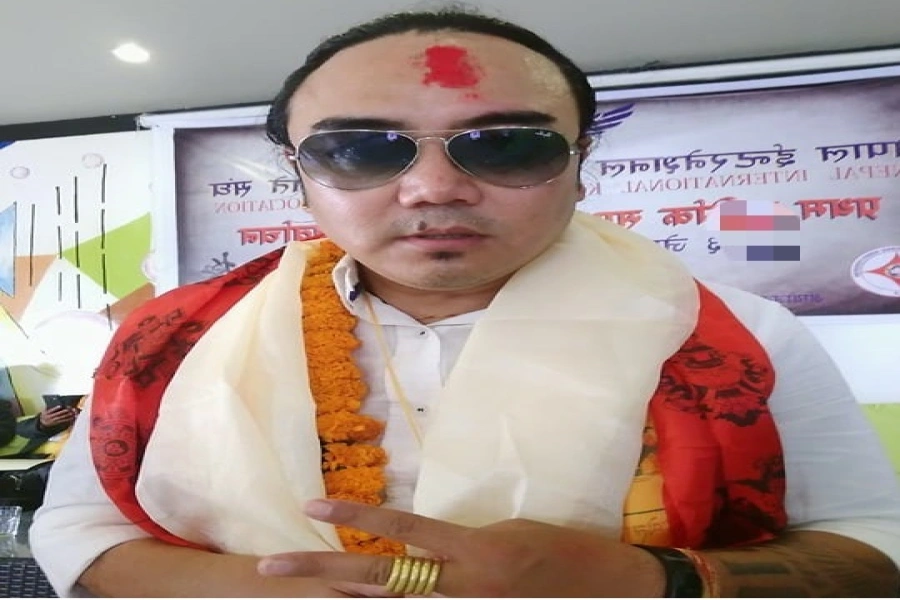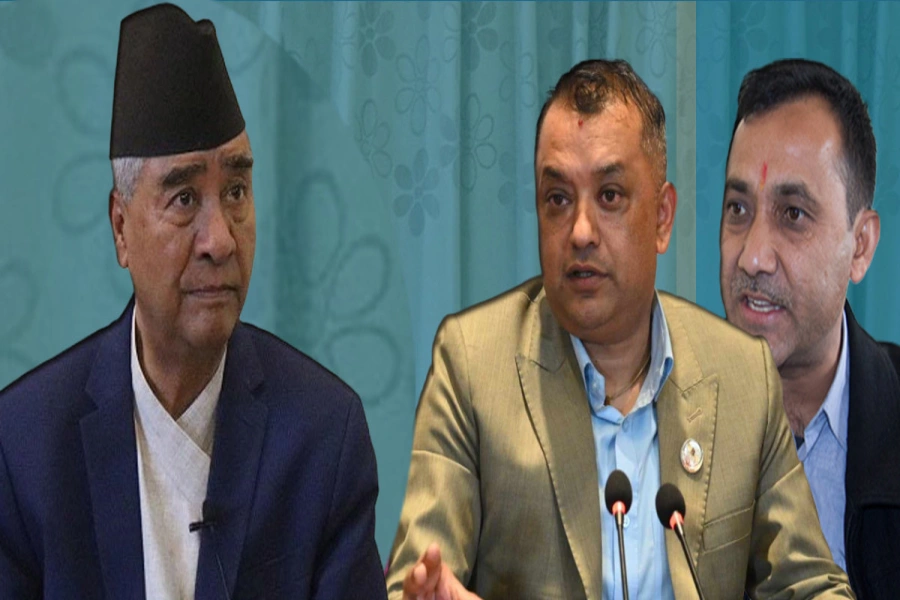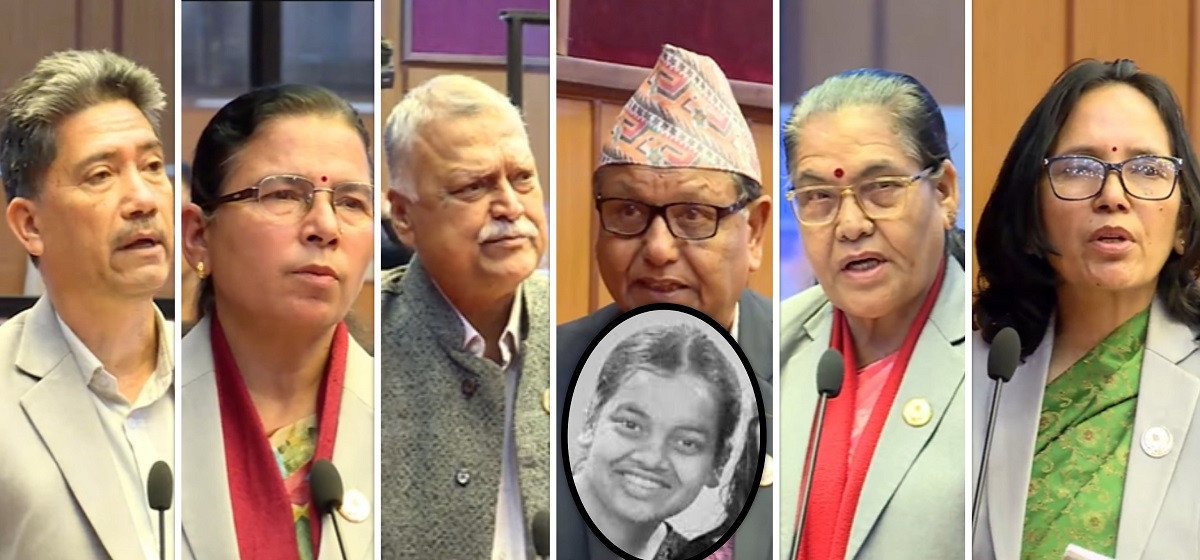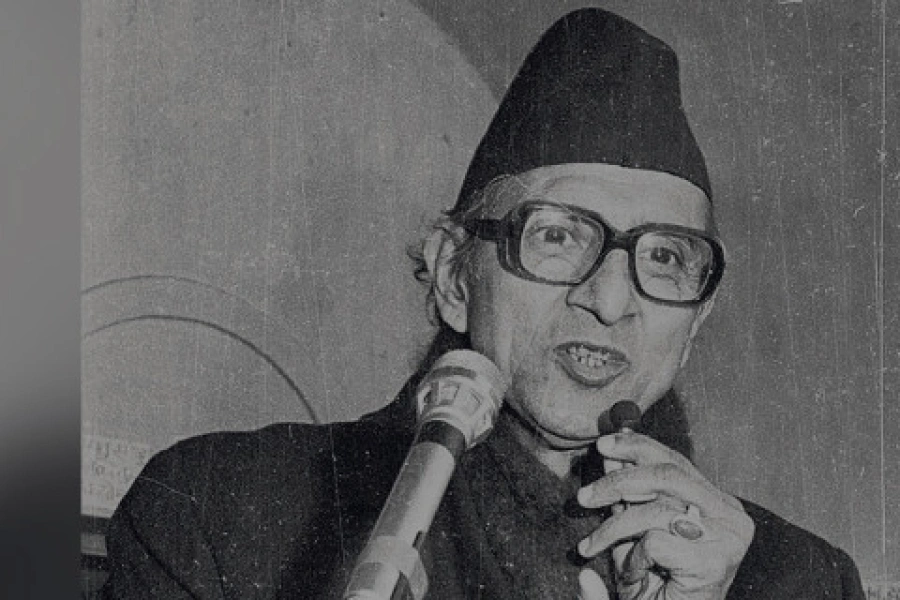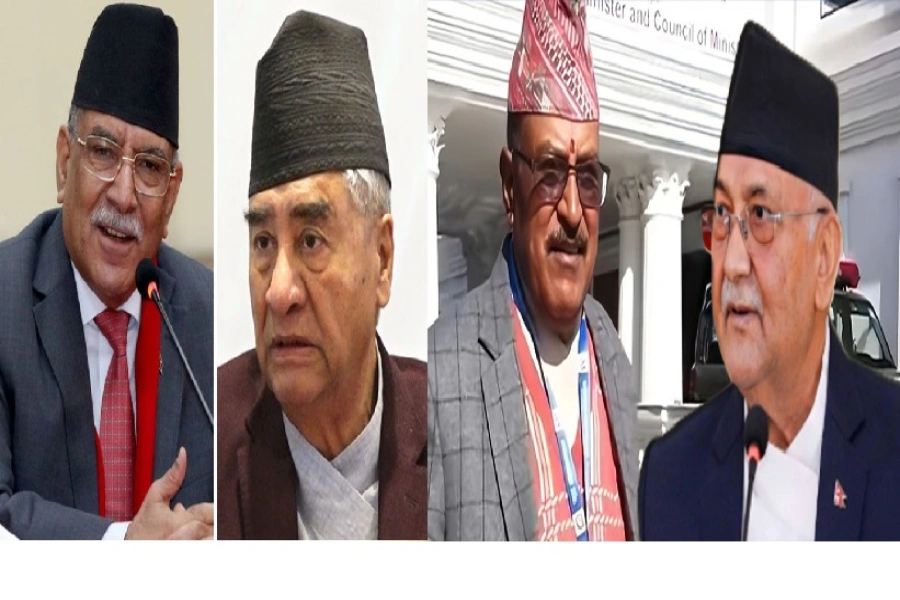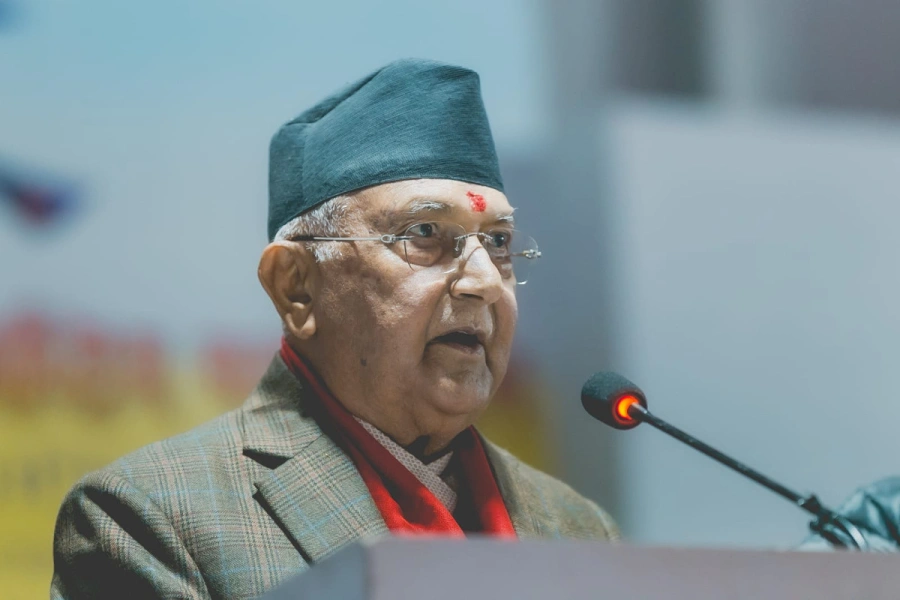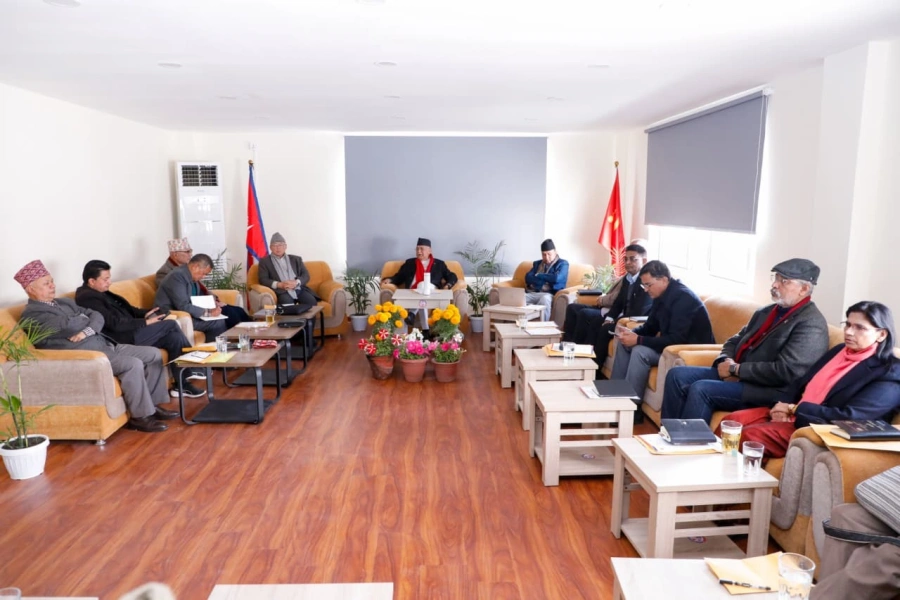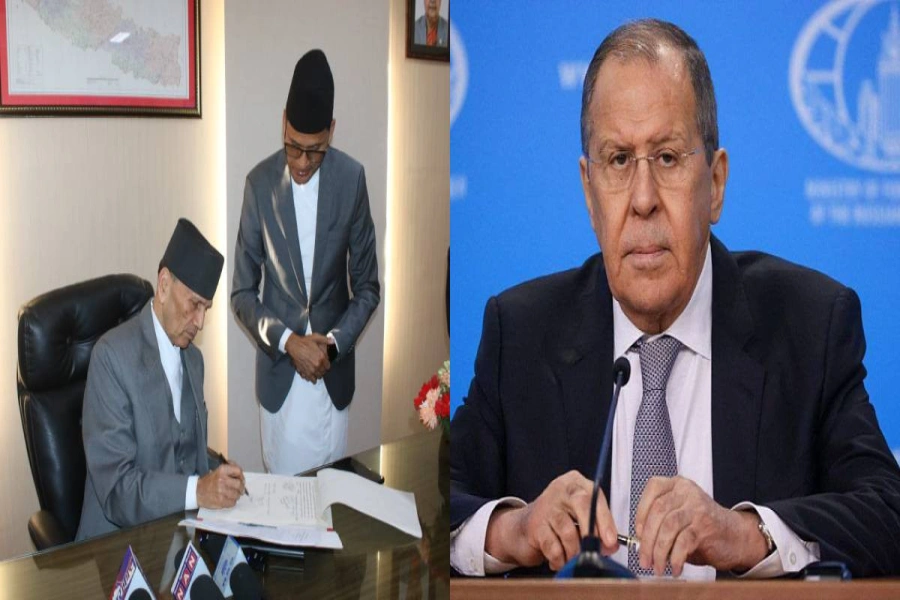Govt directive to relocate gas stations
Most gas stations in Kathmandu Valley are located in densely populated areas. A school building might stand right next to or just a few meters from a petrol station. We see shops and residential houses lying adjacent to petrol pumps. This is not how it ought to be legally and practically but this is how it has been for many years. For example, according to the directives of Nepal Oil Corporation formulated in 2016, a petrol station in hill and mountain areas should have at least five ropanis of land. There should be a concrete compound wall of three to five feet or cemented pillars with barbed wire on three sides. Also there must be a distance of at least 10 kilometers between two petrol pumps so as to prevent fire spreading between them. Likewise, the underground containers for petroleum products should be away from human settlements and there should also be a three to five feet wall around the petrol station. As we can see for ourselves, many stations have not followed these requirements and yet they operate with abandon.
In this context, the government has directed 18 gasoline stations that are operating at roadsides in Kathmandu Valley to relocate to safer spots. Cabinet meeting on December 10 took the decision to this effect following the detailed study by Metropolitan Police Traffic Division, Ramshahpath, Kathmandu Metropolitan City, Lalitpur Sub-Metropolitan City and the Department of Roads. Baba Petrol Pump, Shyama Oil and Trishul Petrol Pump at Kalanki, Kota Dhuku Petrol Pump at Balaju, Kanak Trade Concern at Kalimati, Jayanti Petrol Pump and Mayaram Bholaram Petrol Pump at Thapathali and Sita Petrol Pump, Maharajgunj among others have been asked to relocate to safer places. The cabinet meeting has entrusted Nepal Oil Corporation (NOC) to enforce the directive.
Road safety draft gathering dust at the Ministry of Transport f...
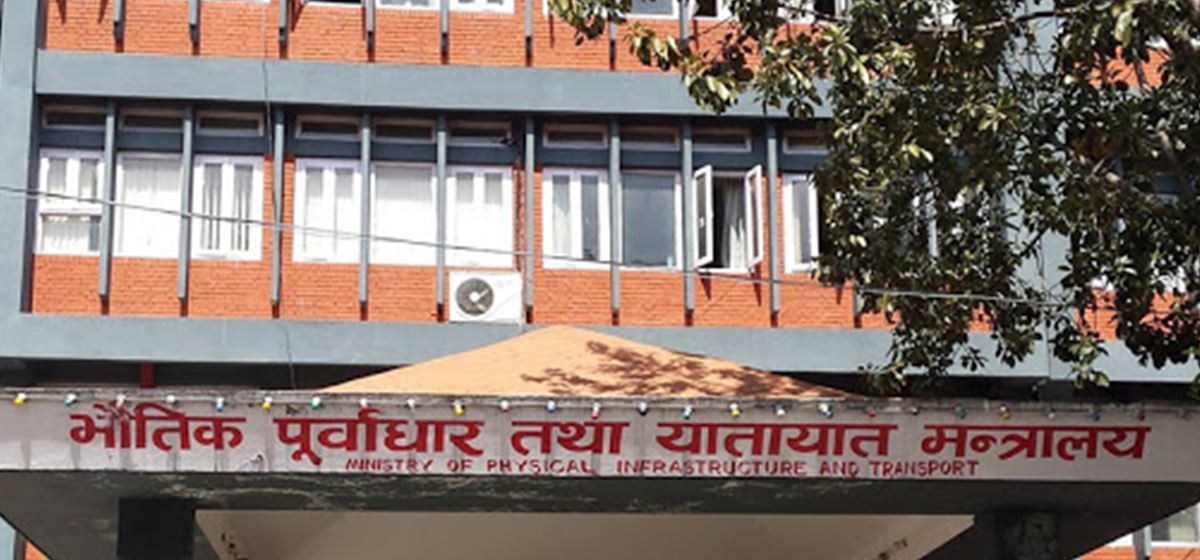
But given the insubordination displayed by the petrol station owners in the past, one should worry if they will comply by the government’s decision. As things stand, several such decisions have remained limited to paper. For example, NOC had directed the pumps to either upgrade their infrastructure or face closure some two years back. But it was unable to enforce its own regulations because of pressure from petroleum dealers. Again in April, 2019, the task force of Kathmandu Metropolitan City had recommended immediate removal of 15 refilling stations located at eight different places inside the Valley to ease vehicular movement and improve traffic management. The task force had identified some 40 petrol pumps in the Valley that needed to be relocated. But the recommendation went unheeded.
It must not be so this time around. Ministry of Home Affairs needs to intervene if the petrol stations in questions do not agree to relocate to safer areas. Petrol station owners, on their part, need to cooperate with the government to implement this decision. There have been incidents of fire outbreak in petrol stations in the past. In such cases, not only the petrol stations but also the houses and infrastructure lying around them suffer destruction. Thus there should be no compromise on safety. The government should have taken such decision long back. Now that it has, the government must enforce it strictly and should not hesitate to take action against those who disobey.



